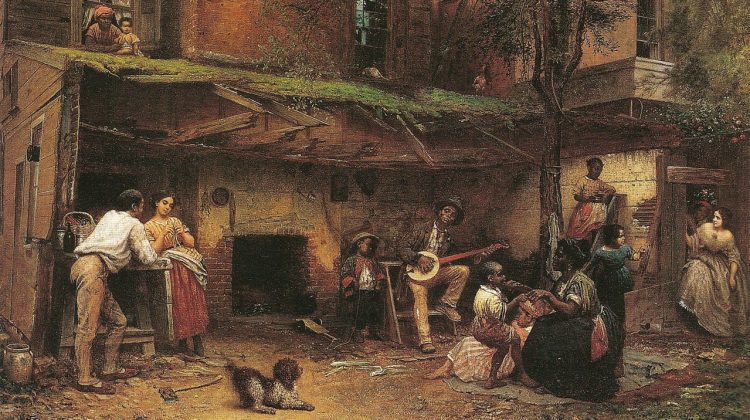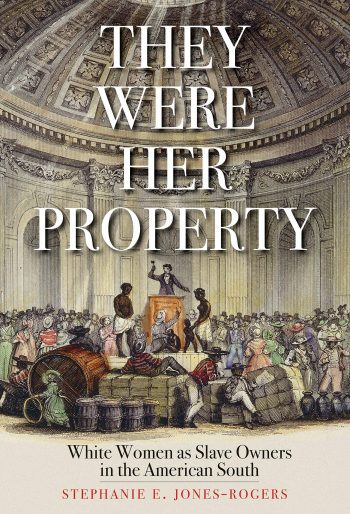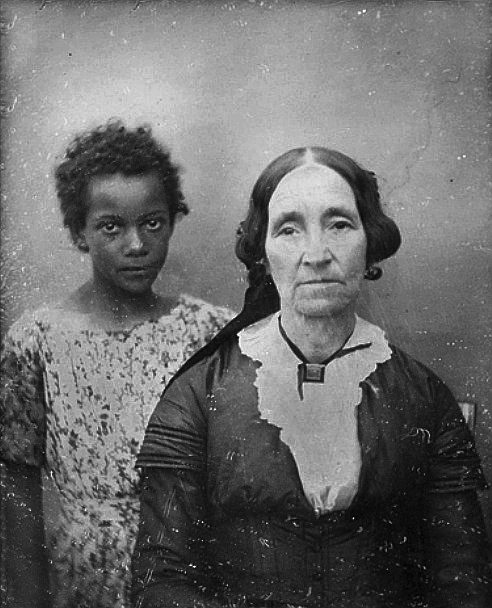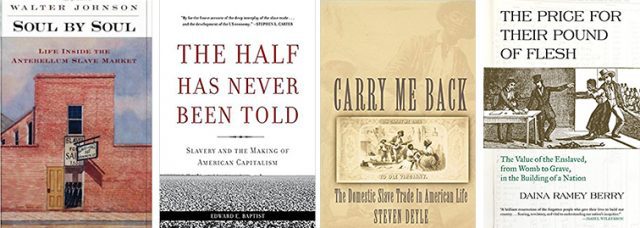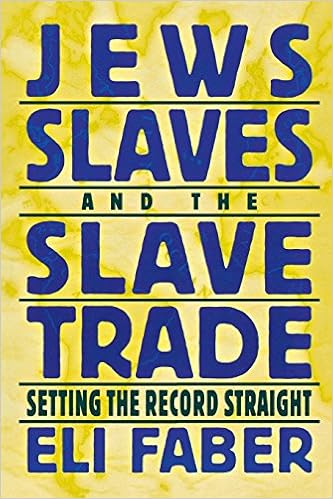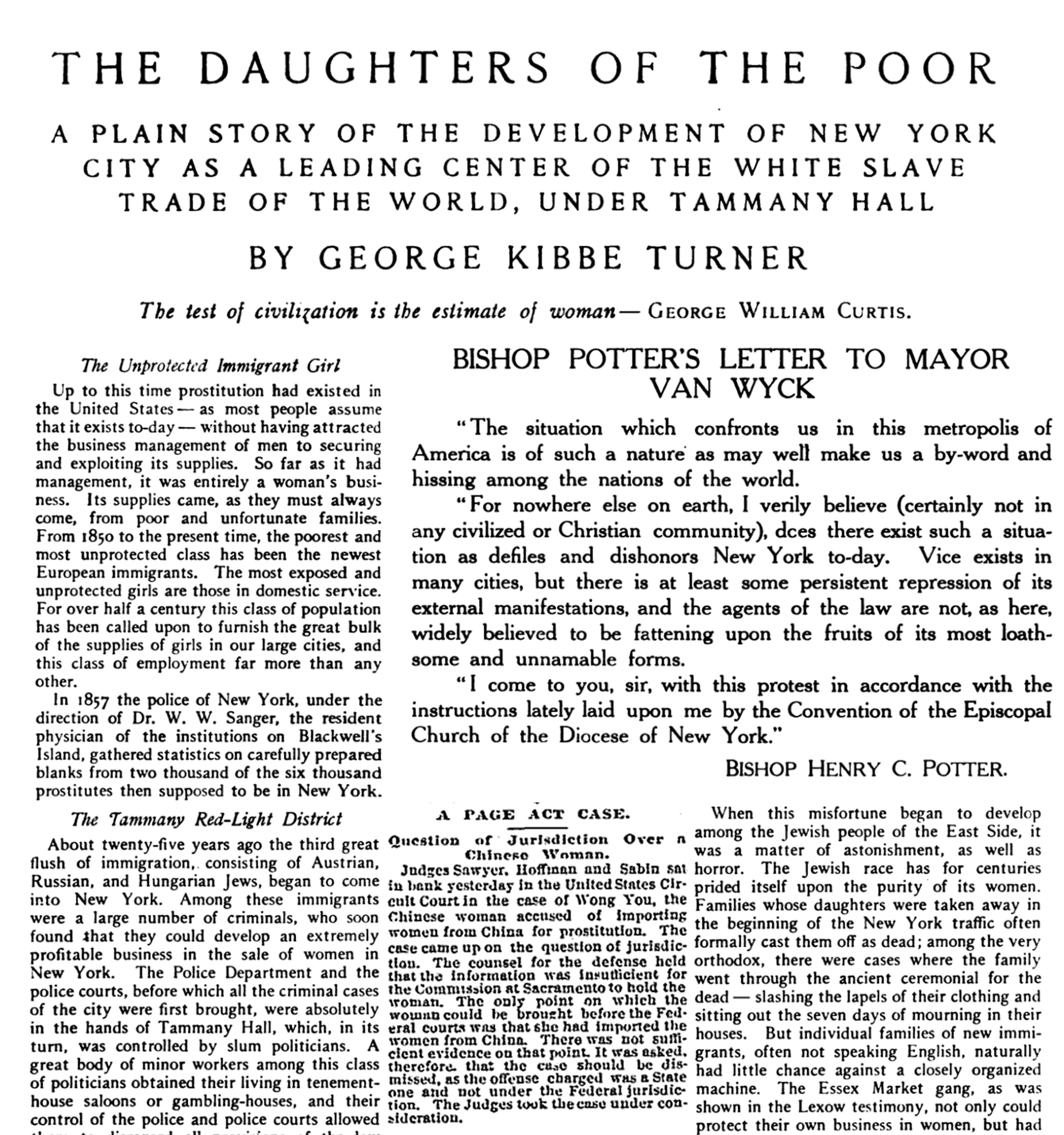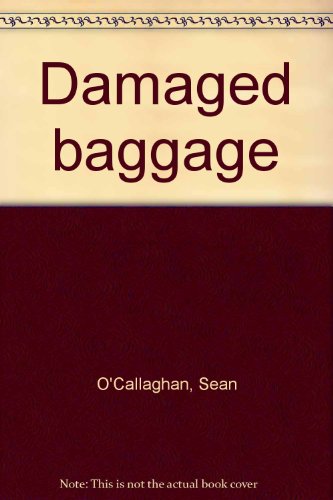 |
| https://books.google.ca/books?id=l5MtAQAAIAAJ&source=gbs_similarbooks |
KIRKUS REVIEW
Damaged Baggage"" is the underground code name for prostitutes coming across the border with narcotics and it's all part of the gamy expose of The White Slave Trade & Narcotics Trafficking in the Americas. And, according to the author who garnered most of his information first-hand while posing as a travel writer, the traffic is a fast and heavy one, increasing since World War II when a Frenchman called ""Le Duc"" set up a network white slave operation that extended from South America, to Europe, the Middle East and Africa where girls from every nationality were tricked by phony theatrical agents into starting a new life in Argentina and disappeared downhill all the way. Today's recruits generally come from the South American or Mexican slums and Mr. O'Callaghan visits scores of pleasure/leisure palaces from the sophisticated to the pigsty, occasionally having to fight his way out if Madam became suspicious. Unfortunately the book will probably appeal most to her clientele. The author's prose, like the life, is no bed of roses.
Skinheads, Girl Gangs and Satanists: the New English Library Was the Sleazy King of British Pulp Publishing
Punks, mods, Hells Angels and "The Bastard Trilogy" all had their place in the cult 1970s publishing stable.
By Harry Sword
16 December 2014,

The New English Library was the maniacal king of pulp publishing in 1970s Britain. Thrashing out books relentlessly, they excelled in the more brutal end of youth-oriented fiction: rampant gang violence, skinheads marauding around in bovver boots, Satanic cult worship... basically anything that was causing a moral fuss in the decade of disco.

The New English Library was the maniacal king of pulp publishing in 1970s Britain. Thrashing out books relentlessly, they excelled in the more brutal end of youth-oriented fiction: rampant gang violence, skinheads marauding around in bovver boots, Satanic cult worship... basically anything that was causing a moral fuss in the decade of disco.
Formed in 1961 as a subsidiary of the New American Library, they initially published genre fiction – Westerns, sci- fi, mysteries, that kind of thing. However, the editors quickly realised they were missing something of a trick: by gearing books toward a working class youth audience – something American pulp merchants had been doing for some time with great success – they would be all but guaranteed a higher circulation.
Hells Angels, skinheads, punks, mods, girl gangs and bent coppers all found their place in an expanding catalogue that was, by the early-70s, essentially a production line of sleaze. The basic premise was simple: find a youth cult and write about them – and, crucially, to them – including every gritty detail necessary. It proved a winning formula.
Speed was of the essence; this was adrenalised story telling stripped down to the absolute base essentials, as former editor Mark Howell – who worked at the NEL during their early-70s heyday – explained to me.
"That damn delivery schedule was the most driving force I've ever met in publishing," he said. "You just had to get it out there – it was breakneck, insane. I started a series called "Deathlands", and the first writer I gave it to had done a wonderful first story and was given the green light – and spent his entire advance on heroin, which, back in those days, was not unknown. It was crippling for some, but most of our writers were addicts of the typewriter, and one of the glories of this was that it was a conveyer belt – we thoroughly addicted our readers. It was endless repetition stemming from unresolved anomaly.
"Take a book like Forgive the Executioner by Andrew Lane. The hook there was 'Can an agent of the government really kill people with indemnity?' The reaction you want from the reader is: 'Say that again? I don't believe it!' [Adopts solemn newsreader voice] 'I said, "Can an agent of the government really kill people with total and utter indemnity?" 'Say it again?!' [Laughs]You repeat the premise.'
"And, of course, we had a market who were always hungry for more. The James Moffat 'Skinhead' books sold in their millions."

THREE COVERS FROM THE "SKINHEAD" SERIES
Indeed, of the staggering number of books published by the New English Library, it was undoubtedly Moffat's "Skinhead" series (written under one of his many pseudonyms: "Richard Allen") that remains the most iconic. Following misanthropic 16-year-old thug Joe Hawkins through windy football terraces, brutal borstals and peeling Bethnal Green boozers, the series ran to 17 books and drew considerable controversy thanks to its nonchalant approach to a near constant stream of gang violence, racist dialogue, rape and robbery. Moffat himself was often compelled to add disclaimers to the introductions of his books, insisting he was merely "reflecting violent times in the language of the streets".
However, his prose was also peppered with the kind of troubling vitriol you might have seen on a Daily Express front page, ensuring the reader knew precisely which side of the political spectrum he sat on (somewhere between Nigel Farage and Enoch Powell). Nonetheless, the books remain a fascinating and compellingly readable document of the early-70s youthsploitation landscape.
Regardless of his politics, Moffat could really write. Mean spirited and morally bankrupt, his novels spoke of cold rain, futility, bad sex, spilt blood and stale beer, all played out against a backdrop of decrepit East London hinterlands and grey estuary towns.
A prolific writer who was capable of knocking out 10,000 words a day, Moffat's background in writing pulp stories for American newsstand magazines ensured he could turn his hand to almost any subject. He also had literally dozens of pseudonyms – he once wrote a novel entitled Diary of a Female Wrestler under the pen name "Trudi Maxwell", for instance – and was a master of "recycling" his own plots, once stating that you just needed to "change the locations and method of killing".

Mark Howell remembered the impact his books had on an emergent literary counterculture.
"The underground was bursting out, and the NEL was not a mainstream operation; after the 60s we looked for more drama and more realism, and it was the skinheads and the bikers, etc, who provided that. Our writers were using imagination to get there. The British press was such that you could read the Sunday papers and pick up what the youth cults were about, and write about them – and to them – very quickly, provided you had the aptitude. We needed the youth side of it; these weren't essays in sociology, they were attempts at writing adventure novels with new characters and themes. It was very original."
And there lies the rub. Although the format was original, authors like James Moffat and Laurence James (writer of the "Mick Norman" Hells Angels books) had extraordinarily limited firsthand experience of the subjects they covered.
Moffat was a middle aged Canadian who wrote from rural Devon and had never been anywhere near Upton Park. Laurence James – himself an editor at the NEL, as well as one of their star novelists – was a peaceful hippy. Moffat based his books on imagination and rudimentary research gleaned from a few conversations with "local toughs" down the pub. That the books were so convincing is testament to both the energy of the writing and the ability of the writers to get under the hood of their characters.
The 1996 BBC documentary Skinhead Farewell
As an ageing skinhead says in the fascinating 1996 BBC documentary Skinhead Farewell: "I'll keep the books forever. It was my era; it was me and my mates. I'd never sell them. We used to wonder who 'Richard Allen' really was. We thought he had to be involved; he had to have actually been a skinhead or been involved in football violence. The way he wrote... he had to have been in the know – it was just like real life. And even if he wasn't a thug, he thought like one."
Other NEL writers were more thorough in their research methods. GF Newman, for instance, wrote the superbly named "Bastard trilogy" – Sir, You Bastard, You Flash Bastard and You Nice Bastard – which chronicled the misadventures of the corrupt DC Terry Sneed.
Climbing the greasy pole at the Met and patrolling the wilds of early-70s Battersea, Sneed is a borderline sociopath who apathetically sets up grasses, cheats colleagues and batters villains with impunity. Predating "corrupt cop" fiction like Irvine Welsh's Filth or David Peace's "Red Riding Quartet" by some decades, the "Bastard" trilogy has dated remarkably well, and – like so many NEL titles – the originals are highly sought after by collectors today.

"THE BASTARD TRILOGY" BY GF NEWMAN
"I was never heavily involved with the police per se, but I did know detectives and how they operated," explained Newman when I asked about his research. "It was intensely, rampantly corrupt in those days [laughs]. Sometimes I used to go out with them and see what they were up to. And, of course, you got accepted by other policemen as a result of that; they just went ahead and did things as they normally did things – they didn't think, 'Oh, this person is going to write about us.' Most of the things that happen in the Terry Sneed books are based on things that I actually saw and heard – the fiction is in the way that I stitched them together. Almost none of it is invented."
Unlike the "Skinhead" series, the Sneed novels didn't hinge on titillation, right wing propaganda or violence; rather, they sustain a level of taut suspense, painting a vivid picture of the Met as a seedy, closed-ranks boys' club that will do anything to stay afloat, Sneed himself a brilliantly realised anti-hero. The Met in the early 1970s – in all its fetid, unscrupulous and villainous glory – is rendered with such detail that you can practically taste the Embassy Number 1s, rancid Scotch and canteen bacon rolls.
"The detectives would go to pubs and clubs, and that was where it all happened," said Newman. "I lived in Soho at the time – it was far rougher back then. There was a lot of crime on the streets; prostitutes operating out of doorways. There were clubs. A lot of them were unlicensed, and detectives did a lot of work in them. They met informers, grasses, other policemen. They were quite familiar with criminals. It was like a game – they all knew who was doing what, professionally. And they were often taking money from them as well.
"My time at the New English library was great, though. Publishing was fun back then. There was a lot of dope going down in publishing; some of the editors were often stoned in the office, but curiously able to function, as others did on booze. On occasion, James Moffat would turn up at the NEL offices, pissed out of his skull, and run up the stairs to drop off a manuscript and cadge a couple of quid for the taxi, which would be waiting downstairs."

By the late-70s, the NEL was no longer the paperback powerhouse it once was. Moffat was in bad physical shape, suffering the effects of decades of hardcore writing and drinking. New inspiration – in the form of emergent youth cults – was not forthcoming, and one editor had to physically lock him in an office for ten days to deliver a contracted manuscript.
However, while the NEL books formed an indelible mark on the British urban landscape, very few emerge on the second hand market, a sign of how highly regarded they remain today. These books sold in the hundreds of thousands 40 years ago, but are incredibly – legendarily – rare. People held onto them at the time and still do now. For many readers in the 70s, NEL first editions remain as impossible to part with as a lovingly collected box of reggae 7-inches – and the lasting legacy is surely one of the most idiosyncratic stories in cult fiction, as Mark Howell concluded.
"It was a fun experience," he said. "Just imagine it – we were being paid to hang out with these wild boys. But we really did feel that we were contributing to youth culture, and even though it was the seedy side, it was still youth culture. Most of our writers were true believers."
First published November 10, 2016
This is all opinion. Miles: The article below was sent in by a reader. My understanding is that he is from Britain and that he used to be a skinhead of some sort. Not really sure. I think he wanted to be anonymous, but if I have that wrong he can contact me and I will put his name here. I edited it in small ways and added a few comments.
Nov 10, 2016 - Skinheads, Girl Gangs, and Satanists -. The New English Library Was the Sleazy King of British Pulp Publishing. As we find in the article:.
Skinheads
and other
fabricated fascists First published November 10, 2016
This is all opinion. Miles: The article below was sent in by a reader. My understanding is that he is from Britain and that he used to be a skinhead of some sort. Not really sure. I think he wanted to be anonymous, but if I have that wrong he can contact me and I will put his name here. I edited it in small ways and added a few comments.
The Lurid Pulp & Pop Culture Writings of John Harrison
Women Drug Traffickers: Mules, Bosses, and Organized Crime
In the flow of drugs to the United States from Latin America, women have always played key roles as bosses, business partners, money launderers, confidantes, and couriers—work rarely acknowledged. Elaine Carey’s study of women in the drug trade offers a new understanding of this intriguing subject, from women drug smugglers in the early twentieth century to the cartel queens who make news today. Using international diplomatic documents, trial transcripts, medical and public welfare studies, correspondence between drug czars, and prison and hospital records, the author’s research shows that history can be as gripping as a thriller.
